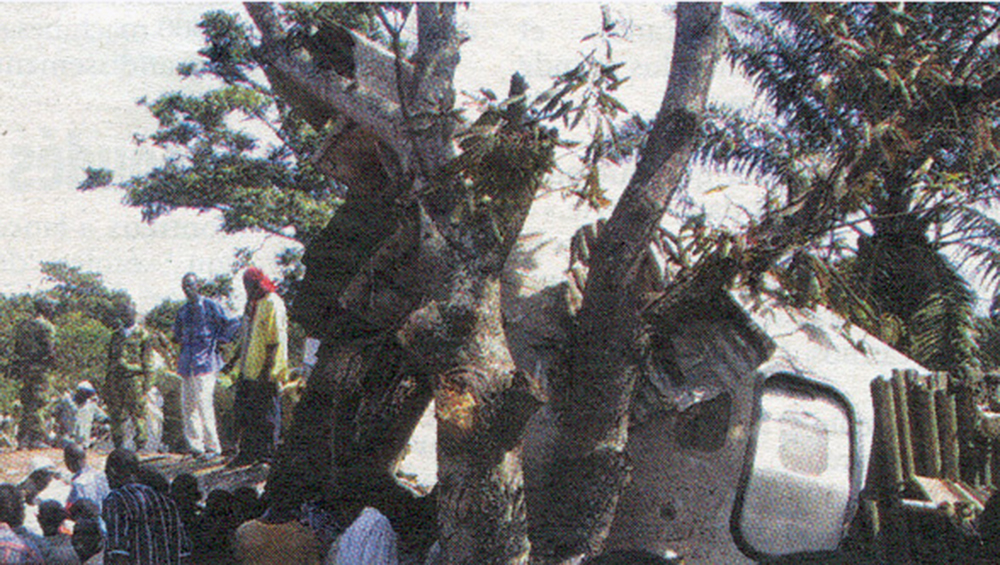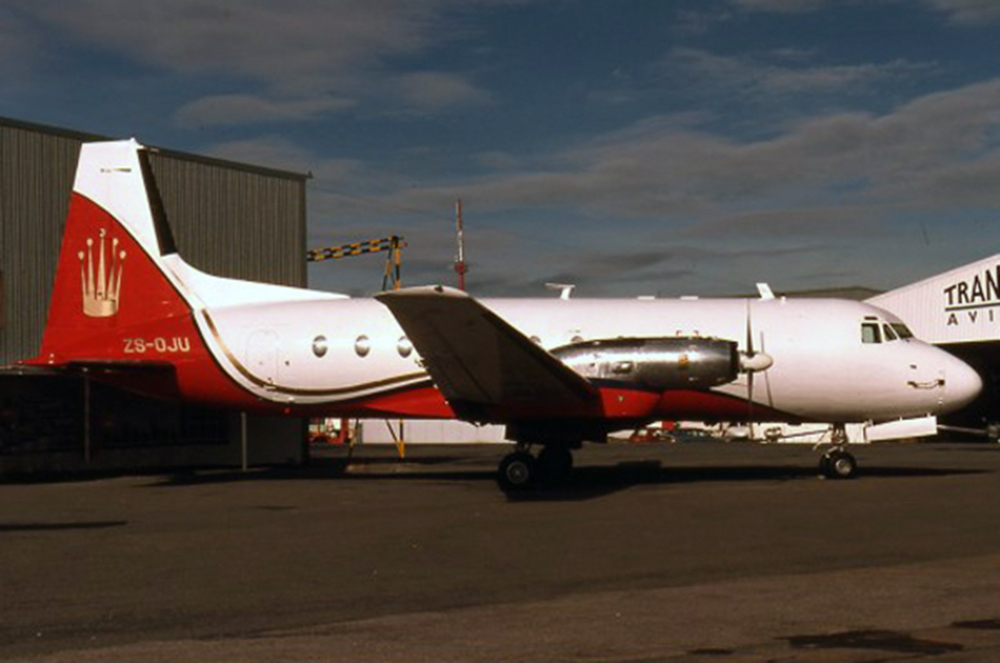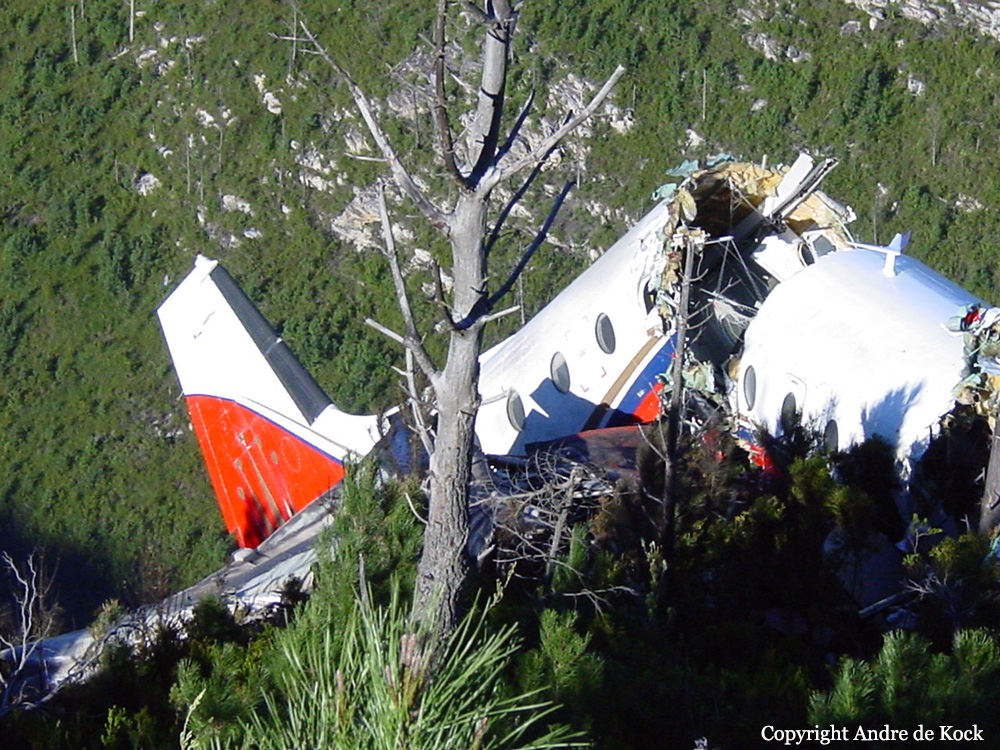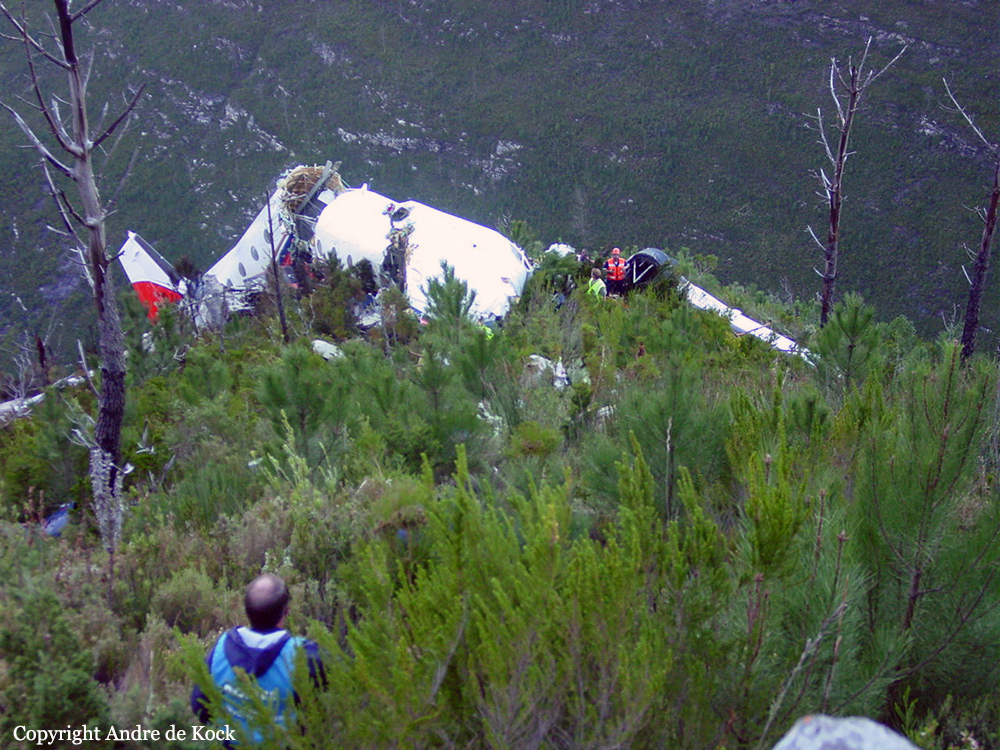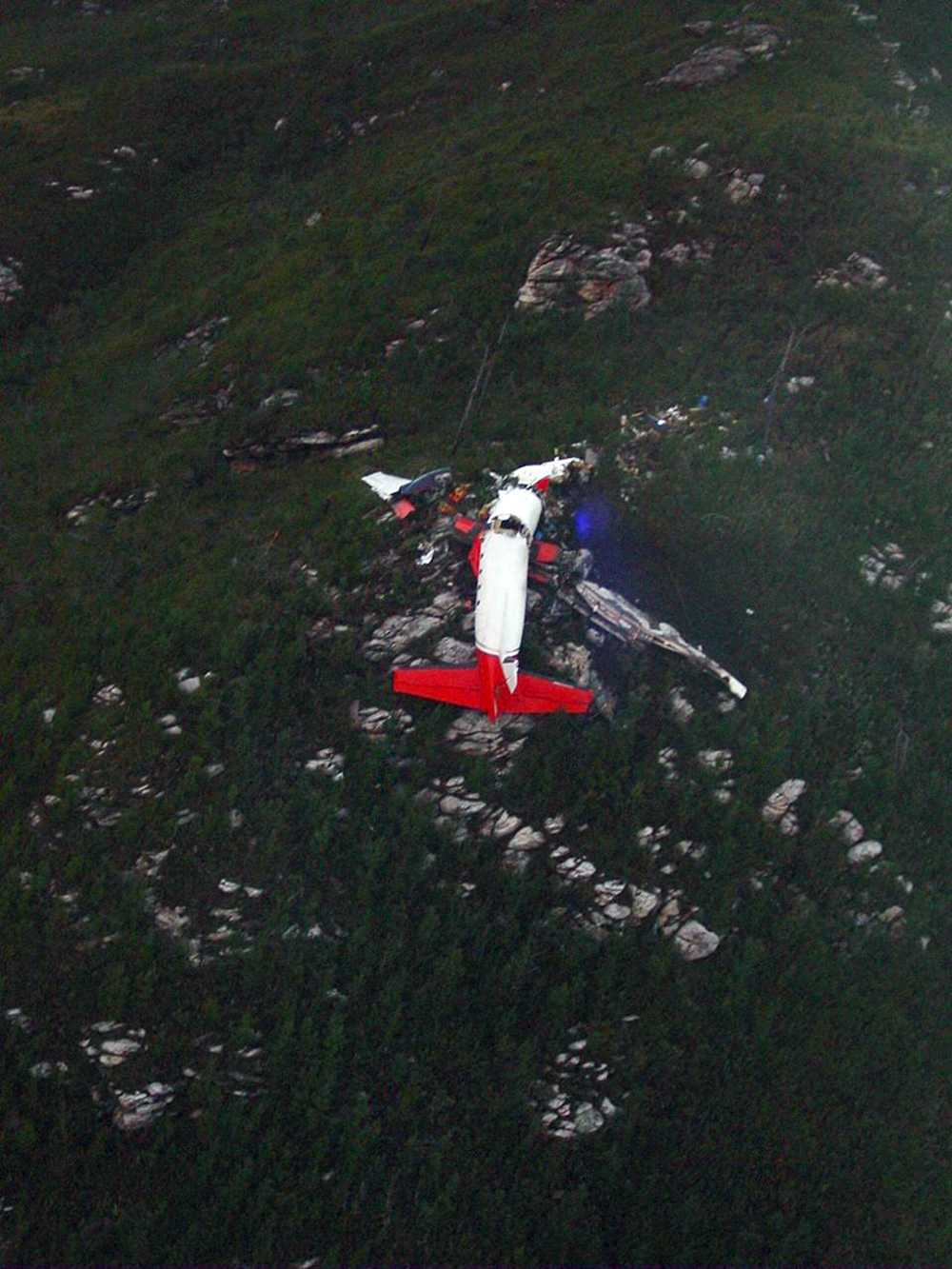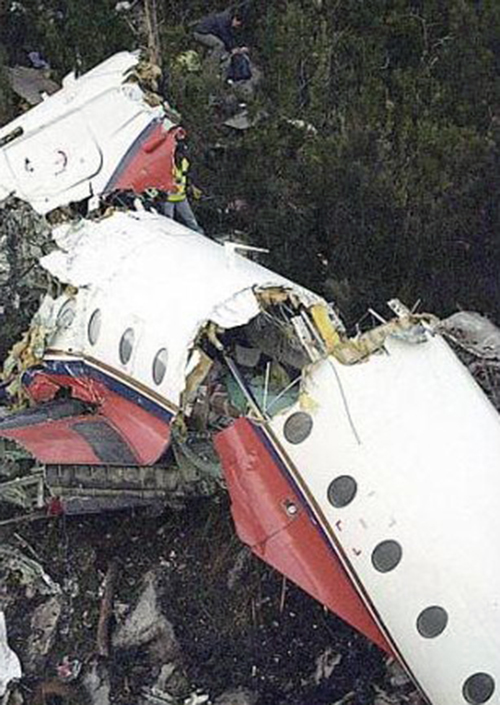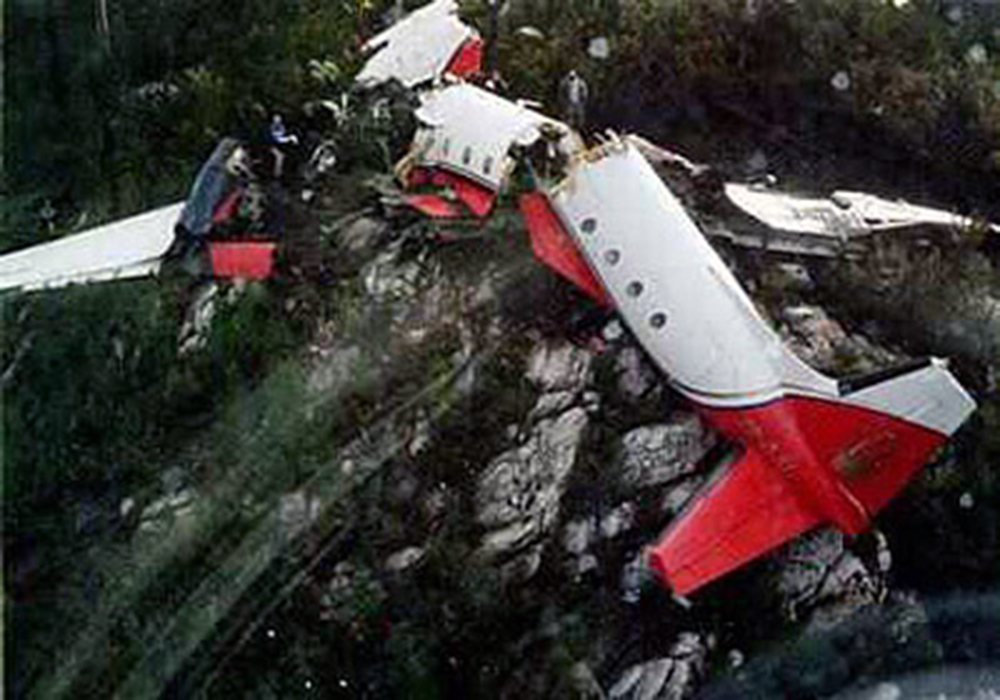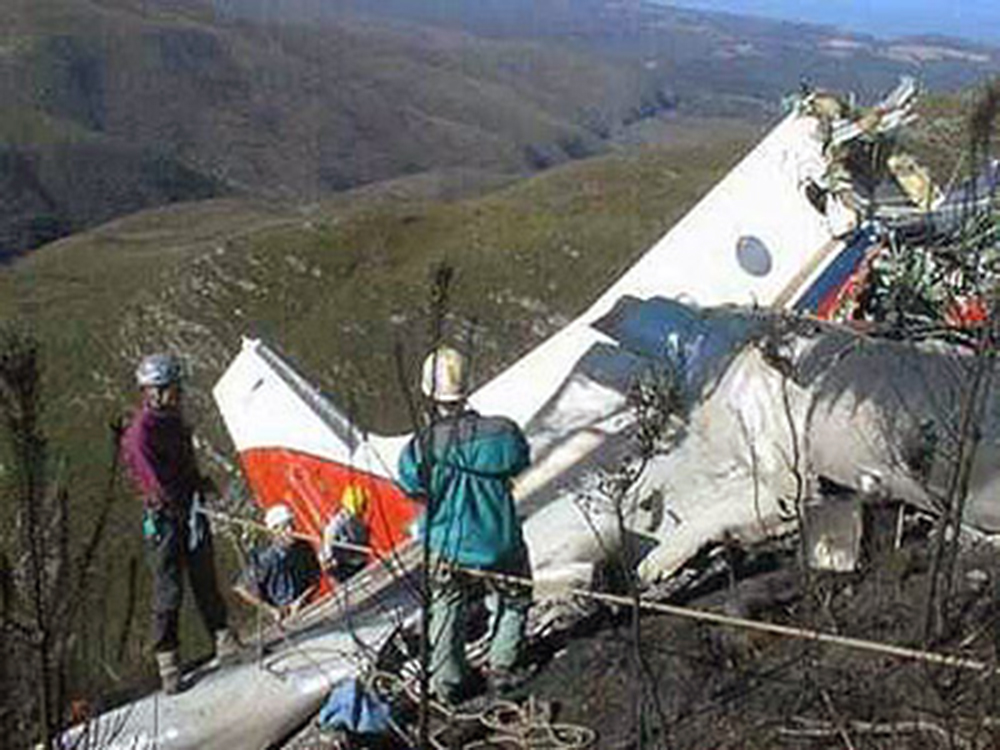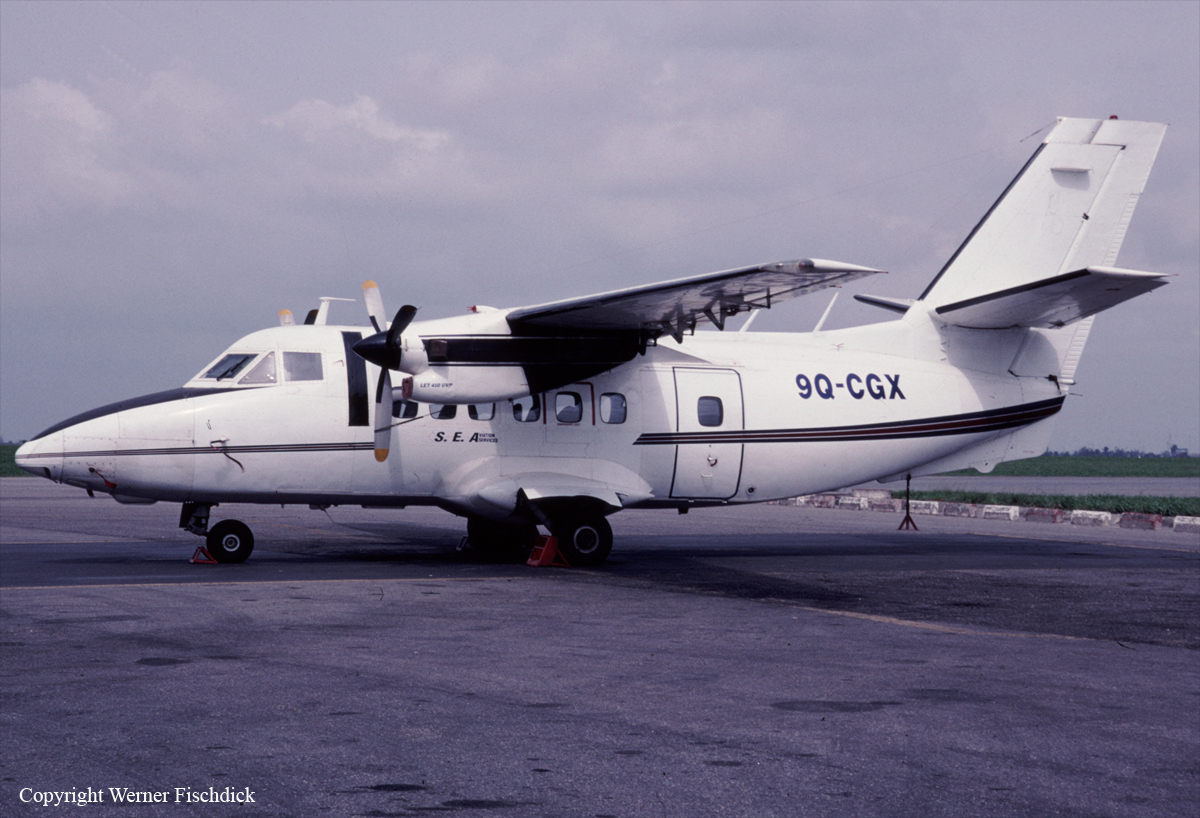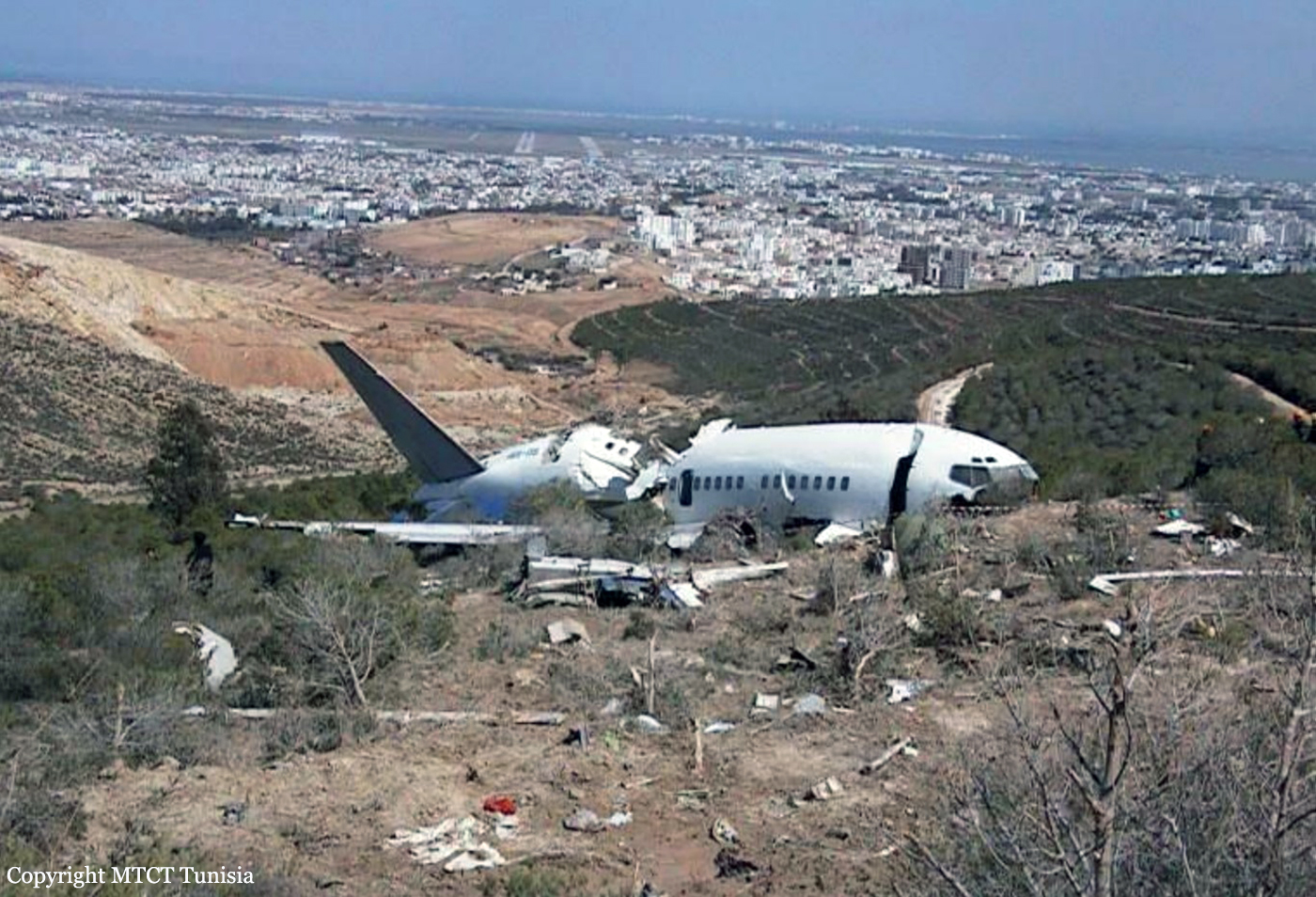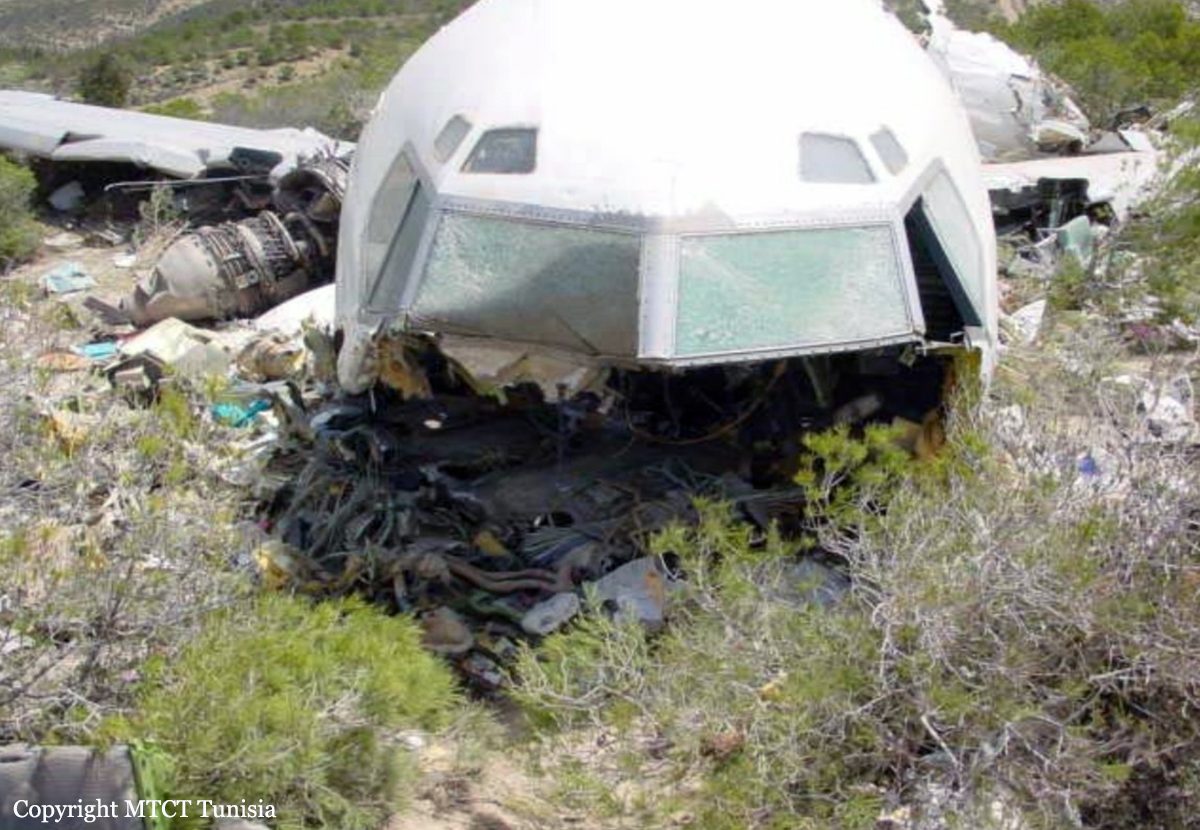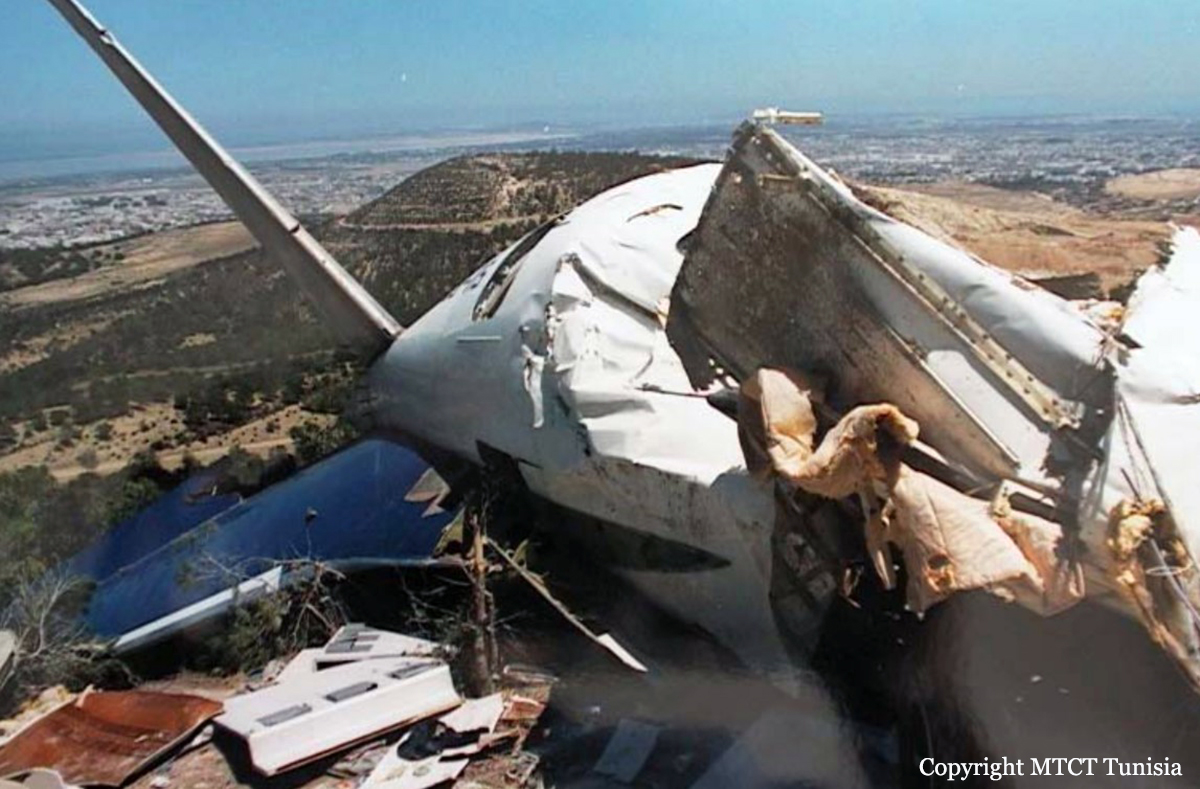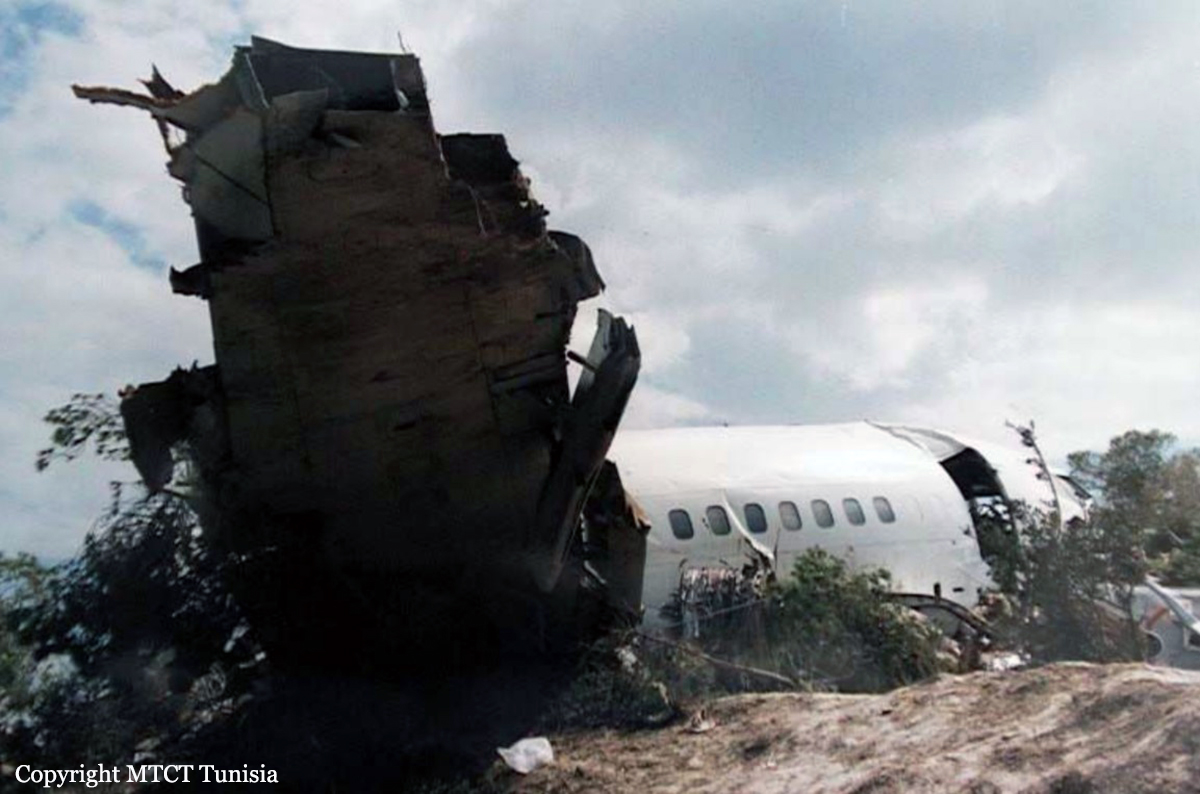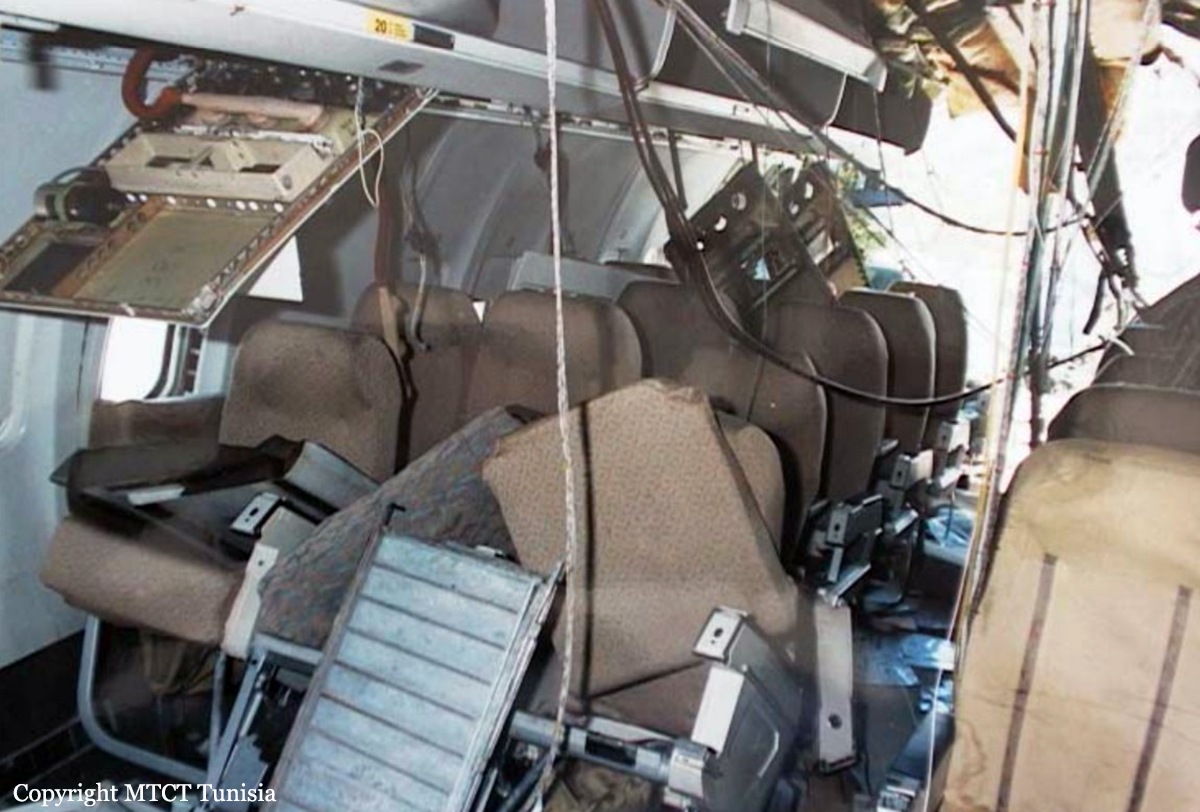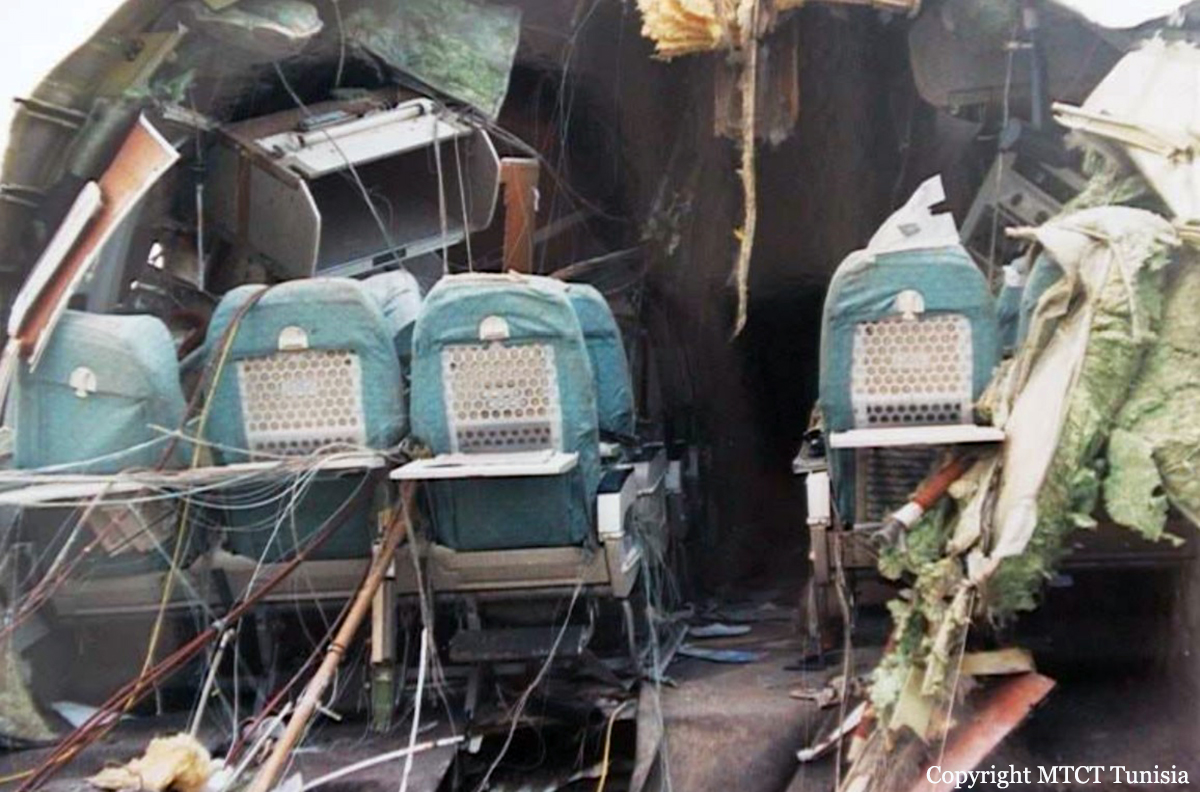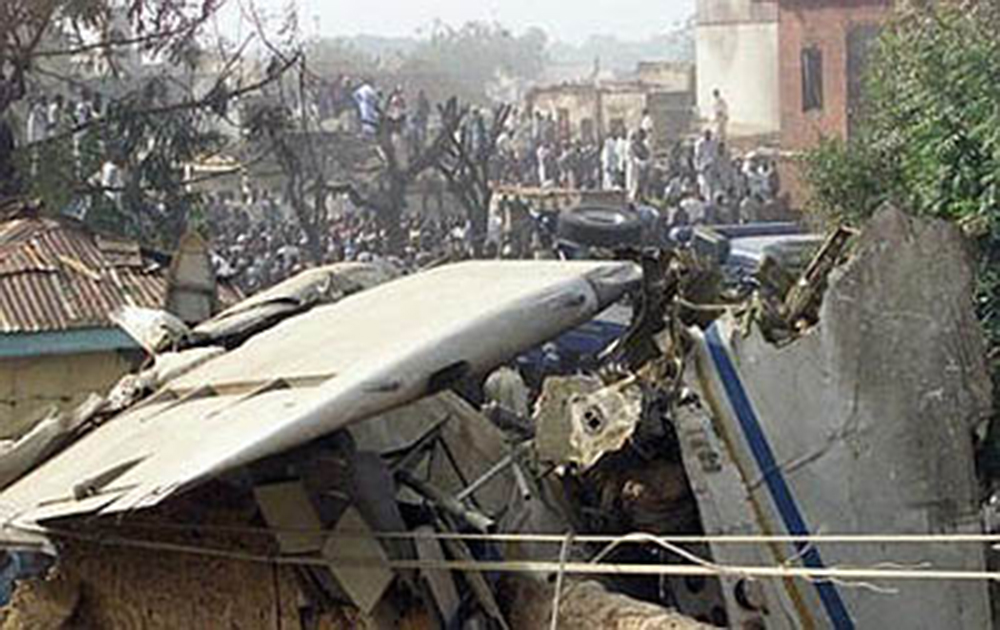Crash of a Boeing 707-123B in Bangui: 28 killed
Date & Time:
Jul 4, 2002 at 1115 LT
Registration:
9XR-IS
Survivors:
Yes
Schedule:
N'Djamena - Brazzaville
MSN:
19335
YOM:
1967
Crew on board:
9
Crew fatalities:
Pax on board:
21
Pax fatalities:
Other fatalities:
Total fatalities:
28
Circumstances:
The aircraft departed N'Djamena Airport on a cargo flight to Brazzaville, carrying 21 passengers, nine crew members and a load of onions and garlic. Few minutes after takeoff, the crew reported technical problems with the undercarriage and was cleared to divert to Bangui Airport. The crew completed a holding circuit over Bangui to consume fuel then later started the descent to the airport. On final approach to runway 35, all four engines stopped simultaneously due to fuel exhaustion. The aircraft stalled and crashed in a residential area located 4 km short of runway. A crew member and one passenger were injured while 28 other people were killed. There were no casualties on the ground.
Probable cause:
The crew reported that the undercarriage could not be raised. Loss of control on final approach after all four engines stopped due to a fuel exhaustion.
